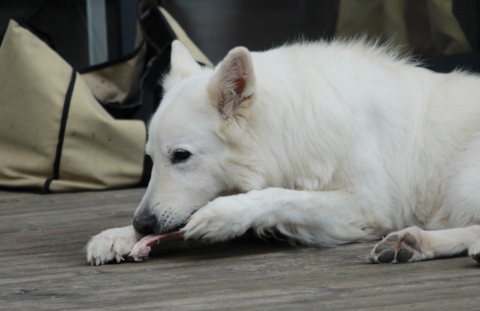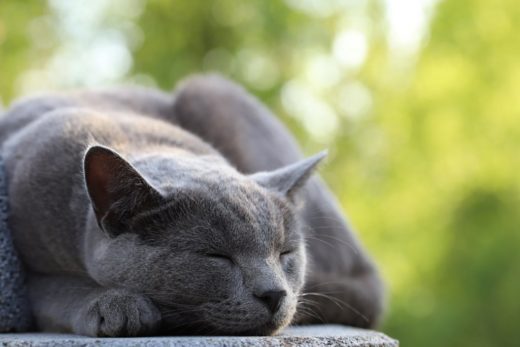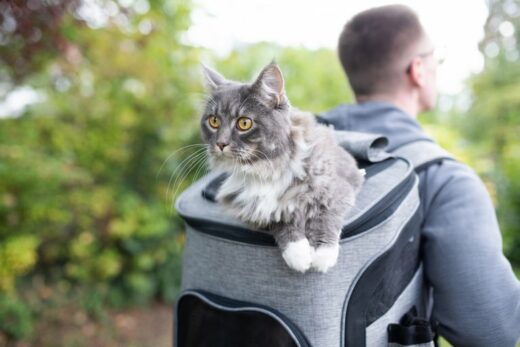Cats are almost supernatural in their many powers. Among these is their ability to leap tall buildings in a single bound–yet also (seemingly) fall as fancifully as they bounded up. It is true that cats always land on their feet and this skill is something that has confounded scientists for millenia. Let’s take a deeper look into the feline superpower that is the cat-righting reflex.
The Cat Righting Reflex – What Is It And How Does It Work?
This nearly alien ability has confounded researchers since the beginning of researching. Basically, the cat-righting reflex is how cats’ bodies naturally right themselves during a fall, giving the cat the best chance to land at the ready. The folks at Science Focus point out that “Research into the physics of the cat’s ability – often referred to as the cat-righting reflex – is almost as old as physics itself.” The first study of the cat-righting reflex came in 1700 courtesy of the daring French scientist Antoine Parent. Parent was looking to define the physics of buoyancy and equilibrium and came to the conclusion that a weighted object in water might right itself the same way a falling cat would.
Being that this writer has no business attempting to translate the language of physics into the language of RPT (Regular Person Talk) we’ll just say from here that Parent had a good idea, but his physics were off.
More theories concerning the cat-righting reflex and momentum, equilibrium, mass, density, and rotation floated within the European physics camp for some time until all of these were blown out of the water in 1894 by French physiologist Etienne-Jules Marey. Marey presented to the French Academy of Sciences his now famous series of high-speed photographs documenting the cat-righting reflex in action. The revelations within the photographs threw the meeting into disarray. Science Focus notes that one member of the Academy declared that Marey “had presented them with a scientific paradox in direct contradiction with the most elementary mechanical principles.”
Basically, it turned out scientists had been approaching their theories by considering the subject solid. Anyone who has a cat knows while they have bones, they are most definitely squishy, squirmy, fit-through-most-anything solid. Scientists had neglected at that time to account for cats’ lack of bodily rigidity.
Cats continued (and continue) to flummox researchers and this uncanny ability continued to be studied not just by physicists and physiologists but also brain researchers and NASA scientists and robotics people. The long answer to that question is while there are many theories on how cats right themselves, there is yet to be an actual scientific explanation that works for all of science.






